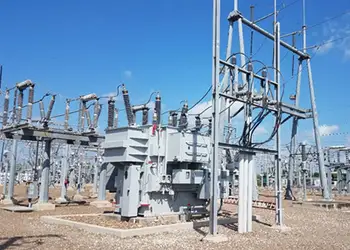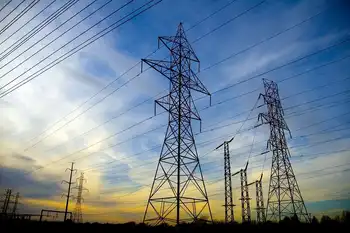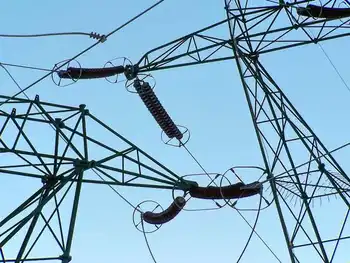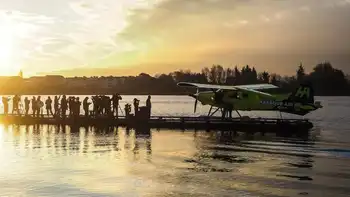Regulations to kill the zeroemission myth
By Montreal Gazette
Substation Relay Protection Training
Our customized live online or in‑person group training can be delivered to your staff at your location.

- Live Online
- 12 hours Instructor-led
- Group Training Available
Federal Environment Minister Jim Prentice unveiled the new regulations in Ottawa in tandem with lawmakers in the United States. They set a mandatory reduction in greenhouse gas pollution from cars and trucks, aiming to improve the average emission performance of new vehicles 25 per cent by 2016.
But instead of counting electric cars as zeroemission vehicles and allowing the automakers to fully offset sales of gasolinethirsty vehicles that pollute more, the governments admitted electric models are not pollutionfree.
Under the new rules for 2012 to 2016, each carmaker can count the first 200,000 electric vehicles it sells as zeroemission vehicles. After that volume is reached, automakers have to account for the emissions from the utility that created the electricity to power the vehicle.
Automakers are angry about the new regulations as they relate to electric vehicles.
We just build the vehicles up until the plug that goes into the wall. WeÂ’re not in charge of where the energy comes from, said Gloria Bergquist, spokeswoman for the Alliance of Automobile Manufacturers, which represents 11 automakers including Ford Motor Co. It makes it harder for us to meet these standards. ItÂ’s another barrier.
The governments’ halfway approach raises a major new issue — namely, how do you measure energy efficiency when normal miles per gallon or kilometres per litre of gasoline no longer apply? Electric vehicles currently on the market and being developed, such as Tesla Motors’ $130,000 US roadster or Nissan’s upcoming Leaf, can use a variety of power from dirtier coalfired generation or cleaner wind.
For each electric vehicle that is sold, in reality the total emissions offset relative to the typical gasoline or diesel powered vehicle is not zero, as there is a corresponding increase in upstream carbon dioxide emissions due to an increase in the requirements for electric utility generation, the U.S. Environmental Protection Agency wrote when it proposed its first draft of the new rules last September.
Governments are letting makers of electric cars and other socalled advancedtechnology vehicles get double the number of credits applicable to their overall fleet emission output, counting each vehicle they sell as two. But the automakers argue credit should be unlimited to encourage them to undertake the billions in development costs of such vehicles, especially when consumer reaction to them is still unproven and they will cost more.
Environmental groups have stressed that electric cars are not 100 per cent pollutionfree unless it can be proven that the electricity generation that powers them is too. They fretted automakers would use electric cars as a subsidy to counter sales of gasguzzling models.
The change is to recognize that there are indeed emissions associated with producing electricity, a senior Transportation Department official who helped draft the rules told Dow Jones.
Subsidies of tens of hundreds of billions of dollars will be needed if plugin electric vehicles are to penetrate the market quickly, the U.S. National Academy of Sciences said in a study released in December. It estimated the cost to make such vehicles at $18,000 more than an equivalent vehicle powered only by a typical gasoline engine.
A portfolio approach toward reducing U.S. dependence on oil is necessary for longterm success, the report concluded. This should include increasing the fuel efficiency of conventional vehicles and pursuing research, development, and demonstration into alternative strategies, including the use of biofuels, electric vehicles, and hydrogen fuel cell vehicles.











